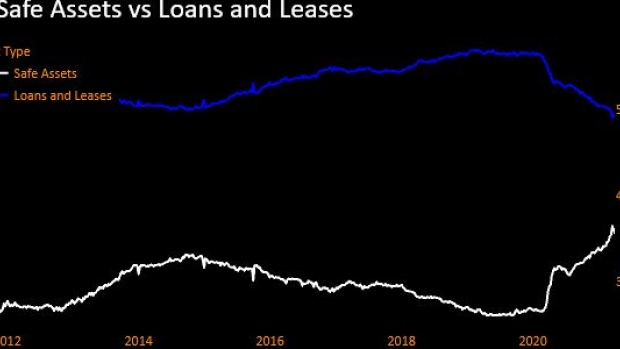American Eagle to Relocate NYC Offices to Madison Avenue Tower
Retailer American Eagle Outfitters Inc. is relocating its New York City offices to Madison Avenue in one of the city’s largest new leases so far this year.
Latest Videos
The information you requested is not available at this time, please check back again soon.
Retailer American Eagle Outfitters Inc. is relocating its New York City offices to Madison Avenue in one of the city’s largest new leases so far this year.

WeWork Inc. and its major financial backers including SoftBank Group Corp. have struck a new restructuring deal to get the ailing workspace provider out of bankruptcy, spurning a competing financing proposal from co-founder Adam Neumann.

“Deadpool” star Ryan Reynolds and fellow actor Rob McElhenney, from “It’s Always Sunny in Philadelphia” fame, have purchased an undisclosed minority stake in Mexican soccer team Club Necaxa, Variety reported on Monday.
Host Hotels & Resorts Inc. is acquiring the 1 Hotel Nashville and the adjacent Embassy Suites from a group of owners that includes a Starwood Capital Group affiliate, according to people familiar with the matter.

A district set up by Bridgeport, Connecticut, to transform a waterfront steelworks site off of Interstate 95 into a new residential neighborhood with shops and parks plans to sell more municipal bonds to fund the project.
Apr 12, 2021
, Bloomberg News

(Bloomberg) -- The 25 biggest U.S. banks collectively reduced their loan holdings by 8% in the year through March, according to the Federal Reserve’s latest weekly survey.
Total loans fell by $447 billion to $5.45 trillion, Fed data show. Meanwhile, total deposits, which provide the funds that banks lend out to borrowers, jumped 16% to $10.13 trillion. Their combined loan-to-deposit ratio now sits at 53.9%, the lowest reading in 36 years of weekly Fed data.
Had the largest U.S. banks maintained their lending level of this time last year, they’d have an additional $1.37 trillion of loans on their books today.
Some highlights of all U.S. banks’ holdings:
The Fed also reported the assets of large, small and foreign-related U.S. lenders. Here’s how their balance sheets compare on selected parameters:
Here’s how big banks’ balance sheets have changed since the Fed’s previous weekly report:
Here’s how smaller and foreign-related banks’ balance sheets have changed since the previous report:
©2021 Bloomberg L.P.